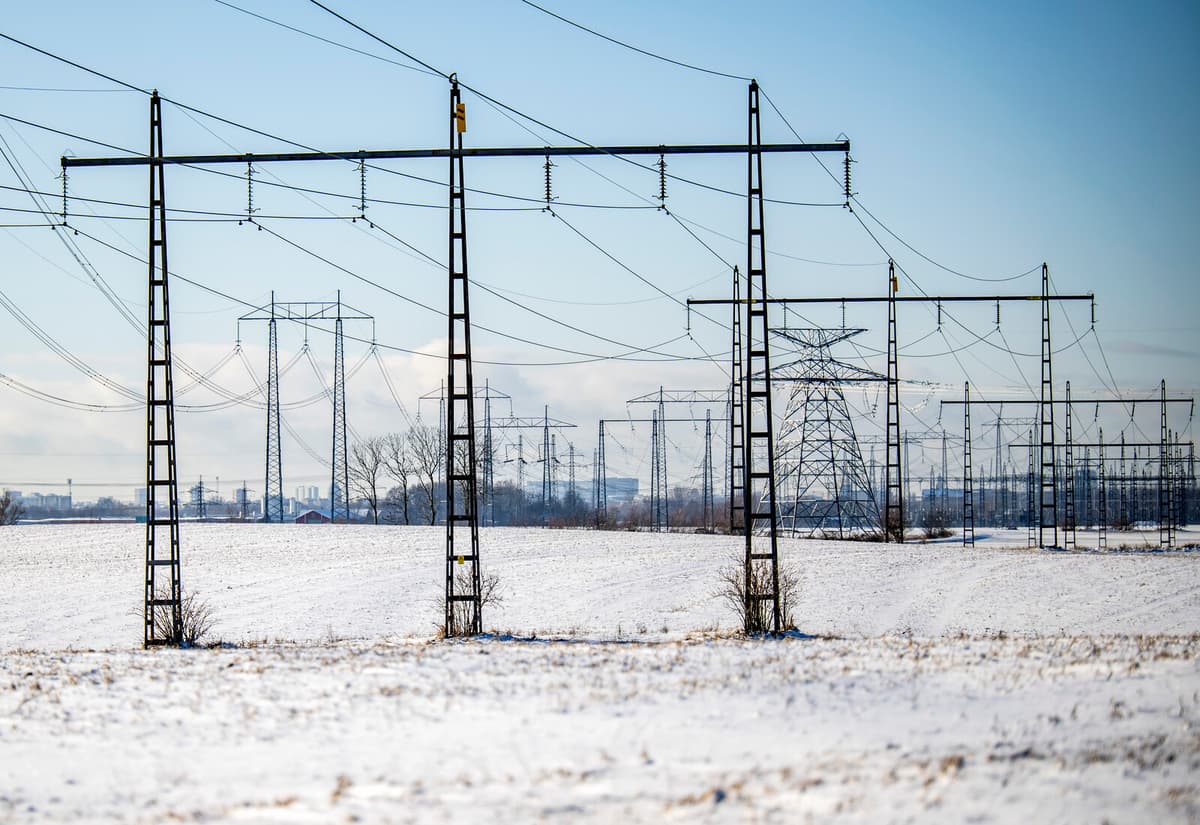With only a little over a month left until the system goes live, called flow-based capacity calculation (flowbased), critics continue to try to make their voices heard. They do not understand why Svenska kraftnät is pushing so hard for a system that no one on the electricity market seems to want.
It is remarkable that both producers and consumers are negative to this, says Jan Rönnback, energy market expert at energy company Fortum.
Who are the winners then?
Purely and simply, the model means that more electricity can be transferred. This means that more can be exported to the continent. You have to look somewhere south of the Nordic countries to find the biggest winners, says Rönnback, who also sees a more nearby winner.
Norway has some advantage. They get better paid for their hydropower. They can use the Swedish grid more efficiently. They have a very weak grid in Norway. And this gives access to more transfer capacity via Sweden.
Test Run
Svenska kraftnät has been running the new intended system in parallel with the current one for about a year to see, among other things, what the price consequences will be. The test runs show that it will be more expensive in northern Sweden and in electricity area 3, which includes Svealand and northern Götaland. On the other hand, it will be slightly cheaper in the far south.
But just like several other critics who have analyzed Svenska kraftnät's models, Rönnback does not buy that analysis. Yes, it may be slightly cheaper at times during the summer when electricity consumption is low, but it will be significantly more expensive when the electricity system is put to the test.
During a few cold winter days last winter, the electricity cost around three kronor/kwh in southern Sweden.
But in flowbased, it became eight in this parallel run, says Rönnback.
Svenska kraftnät, which together with its counterparts in the Nordic countries is behind the new model, defends the decision by saying that electricity transmission will become more efficient and that Europe as a whole will come out as a winner. But maybe not always Sweden, the authority has previously admitted to TT.
Importing Higher Prices
Yes, more electricity will be able to be transported in the same lines, according to Rönnback. But:
By increasing the transfer capacity, you will import even higher prices from other countries.
Another worse aspect of the new system is that it will be harder to predict prices on the electricity market. It will make it harder to manage the water in the power dams, according to Rönnback.
The purpose of the flow-based capacity calculation method is to increase the socio-economic benefit – more electricity should be able to be transported in the existing grid than today.
Today, availability is calculated without information about the exchange in trade. With the new method, availability is determined in parallel with the exchange in trade. The new method is based on actual availability in real-time.
The method is based on EU regulations.
Source: Svenska kraftnät






